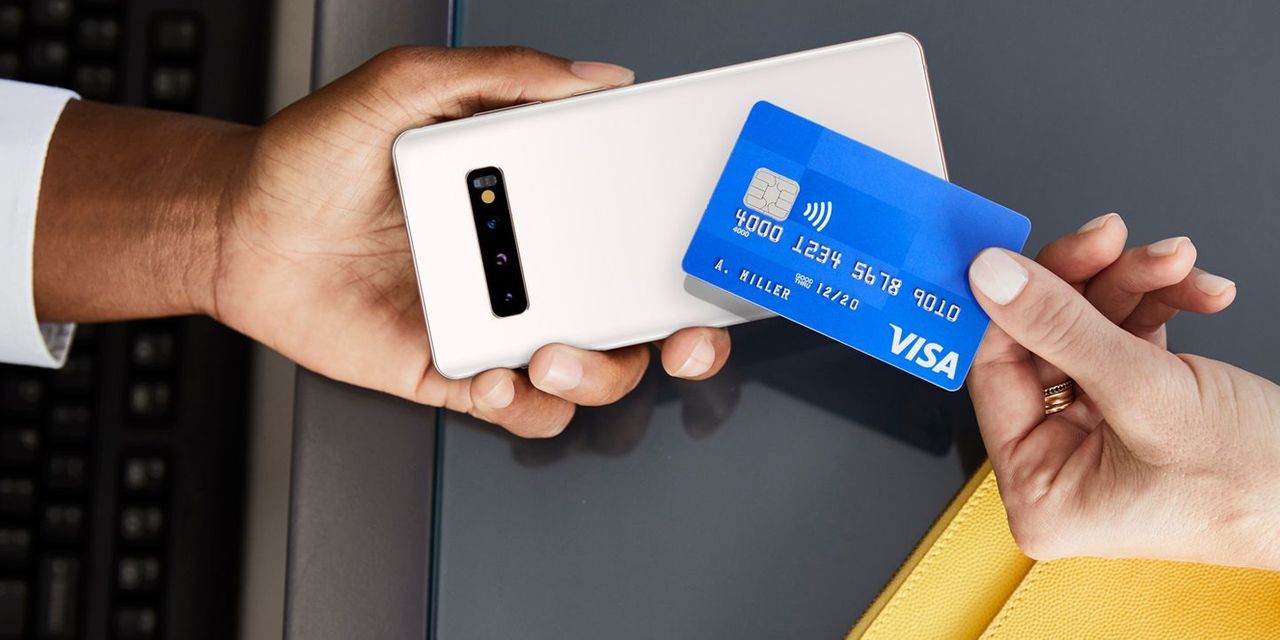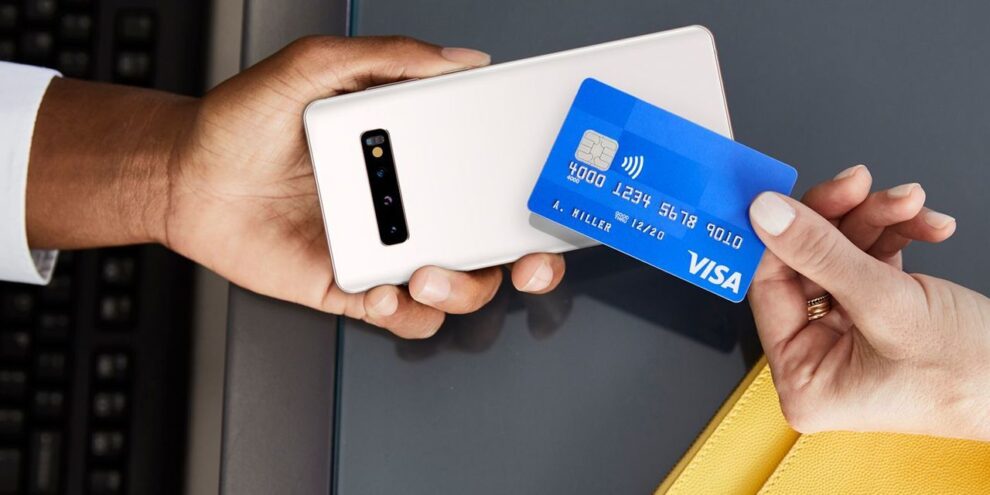
Visa Inc. rode strong debit-card and e-commerce trends to better-than-expected earnings and revenue Thursday while also announcing a new $8 billion buyback program.
Shares were up 1.3% in after-hours trading Thursday.
Though Visa saw revenue slip once again as international travel spending remains depress, the company saw signs of progress in its December. Payments volume, transaction growth, and cross-border volume all improved relative to the September quarter, and the company is “actually back to [its] pre-pandemic growth trajectory” in the U.S., Chief Financial Officer Vasant Prabhu said on the company’s earnings call.
Visa’s overall revenue for the fiscal first quarter dipped to $5.69 billion from $6.05 billion, while analysts were calling for $5.52 billion.
The company’s debit business is “significantly ahead” of its pre-pandemic growth in the U.S., thanks in part to reduced cash usage during the pandemic, while the credit business “remains a drag,” according to Prabhu.
Visa continues to see declines in cross-border volumes stemming from international travel declines. These volumes fell 21% in the quarter, or 33% when excluding cross-border transactions between European countries. Cross-border spending is “higher-yielding” than domestic spending, meaning Visa can get better pricing on these kinds of transactions.
Some areas where Visa has managed to see cross-border spending improvements include travel between the U.S. and Mexico, travel between the U.S. and the Caribbean, and travel in the Middle East, Chief Executive Al Kelly said on the call.
While payments volume growth in the U.S. has accelerated in January versus levels seen at the end of last year, aided by the impacts of economic stimulus payments, other regions have seen slowing growth due to new regulations meant to help curb the rising rate of COVID-19 infections.
The company reported fiscal first-quarter net income of $3.13 billion, or $1.42 a share, down from $3.27 billion, or $1.46 a share, in the year-earlier quarter. On an adjusted basis, Visa V, +1.67% also earned $1.42 a share, down from $1.46 a share a year earlier but above the $1.28 a share that analysts surveyed by FactSet had been projecting.
“Our best sense is that the second-quarter gross-revenue growth rate will recover to be flattish with last year, with most of the improvement driven by international revenues,” Prabhu said, though Visa declined to give a traditional forecast for the period.
“We see the remainder of 2021 as a sound set-up for V given easier compares, stimulus, high savings rates, vaccine potential driving cross-border momentum, and structural tailwinds,” wrote Wolfe Research analyst Darrin Peller.
Visa executives spent some time discussing the buy-now-pay-later trend of installment payments popularized by companies like Klarna, Affirm Holdings Inc. AFRM, -5.58%, and Afterpay Ltd. APT, -1.37%. These services charge money on the merchant end of a transaction and let customers split purchases into installments that, depending on the product, can be interest-free.
Kelly said the company is “not in the business of picking winners and losers” in this market but noted that when customers split purchases into installments, it’s “good for [Visa], because it gives us more transactions on which to earn fees.” The company signed a deal with Afterpay to expand their relationship to seven more countries, meaning that Afterpay “will use Visa technology to accelerate its global expansion” and work with Visa on implementing new technologies.
Visa’s board of directors recently approved an additional $8 billion in stock buybacks, adding to the $3.6 billion that the company had remaining on its previous buyback authorization as of Jan. 1.
The report follows one from fellow payments giant Mastercard Inc. MA, +2.79% earlier in the day. Mastercard pointed to strong adoption of contactless payments, though the company’s results were also weighed down by depressed global travel.
Visa shares have lost 9.4% so far this year as the Dow Jones Industrial Average DJIA, +0.99% has been flat.





